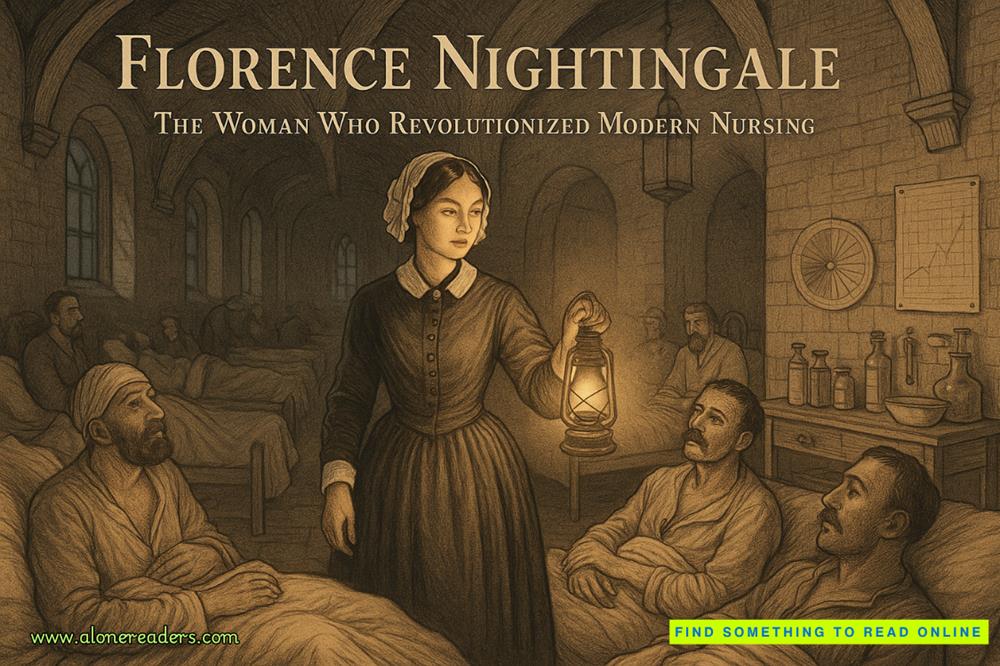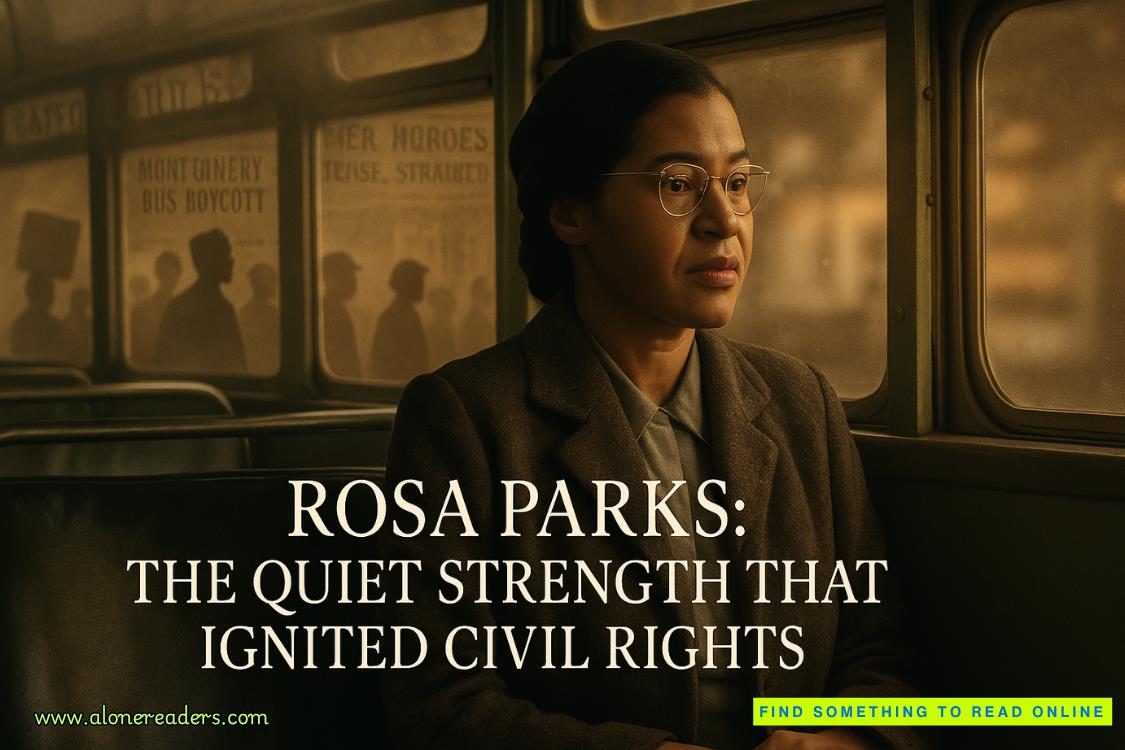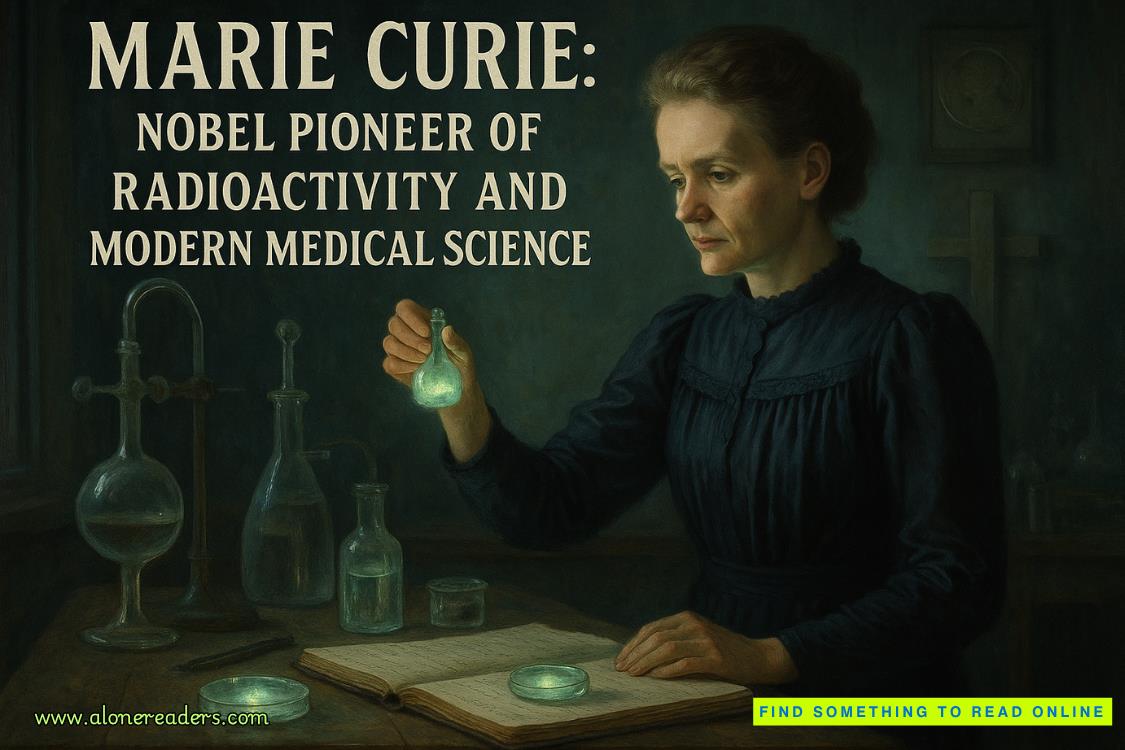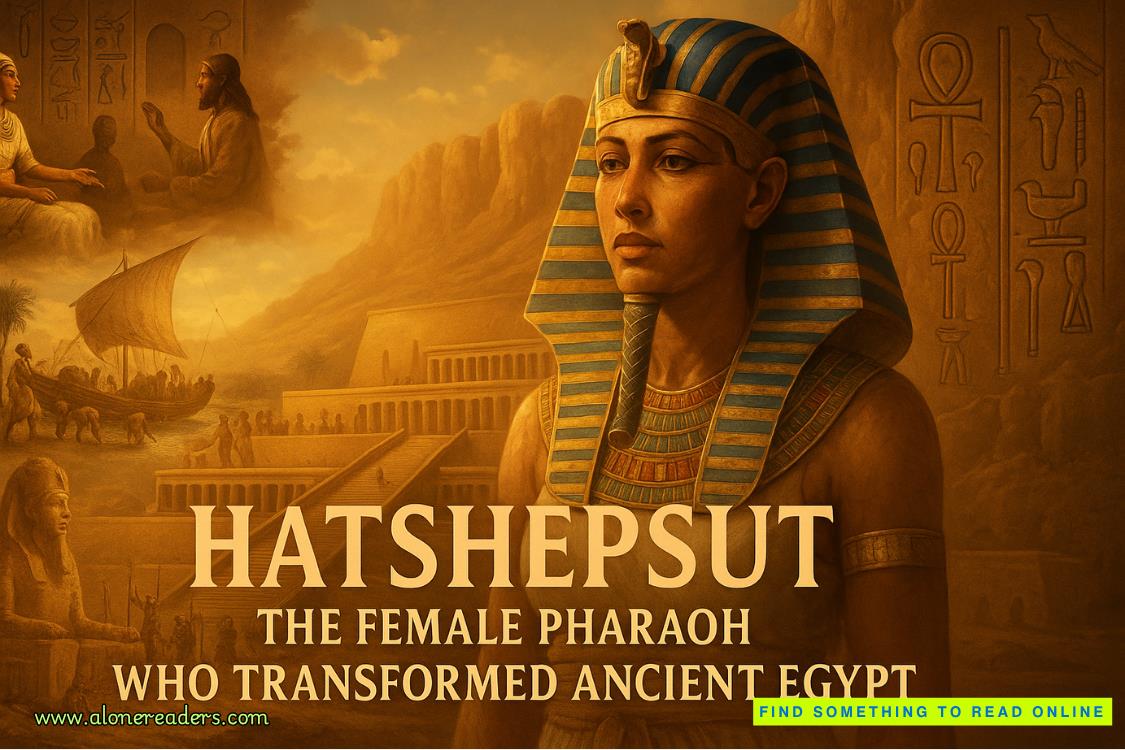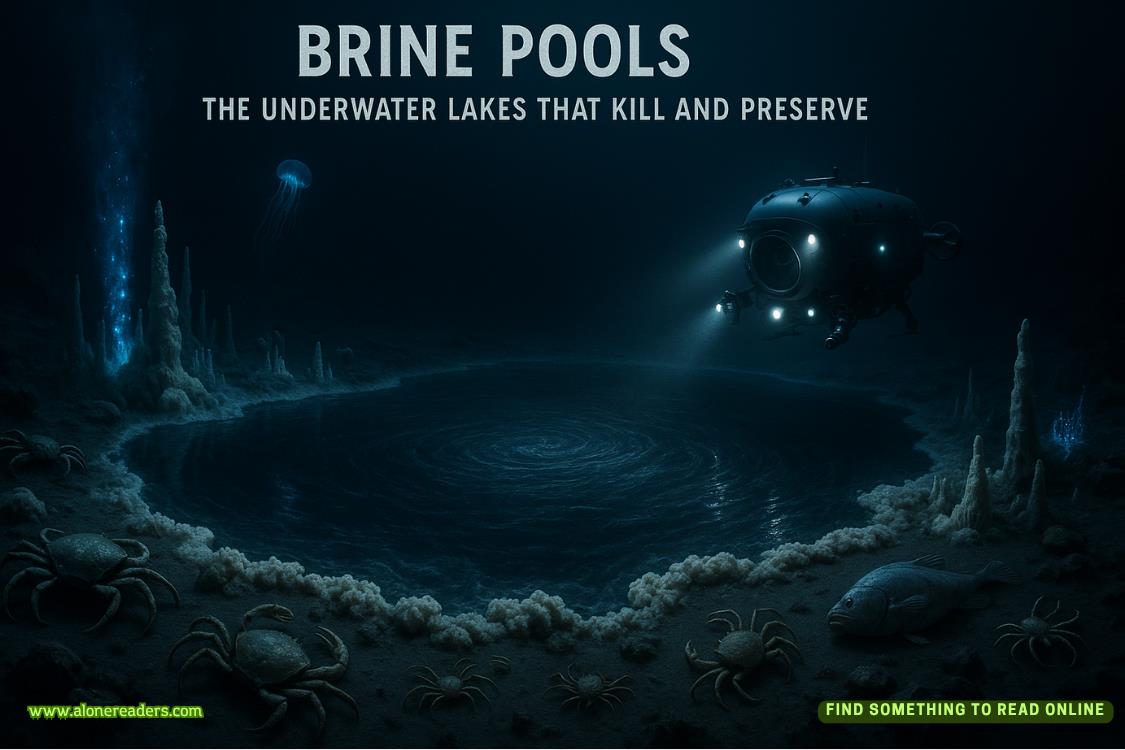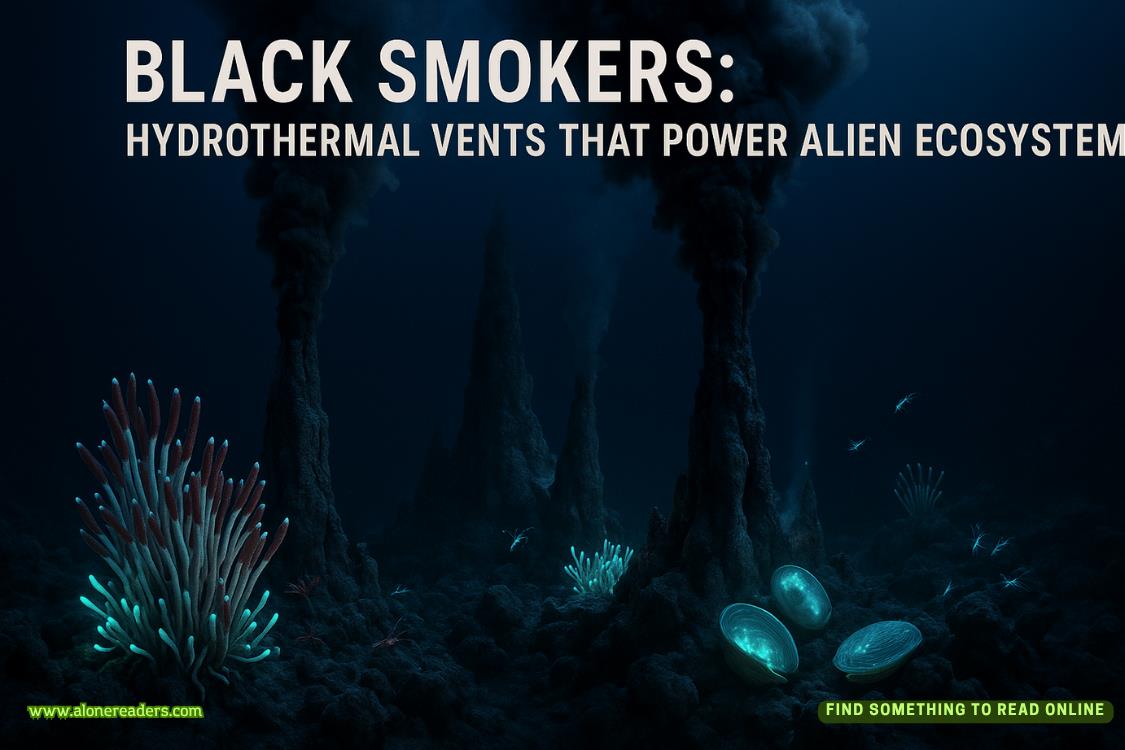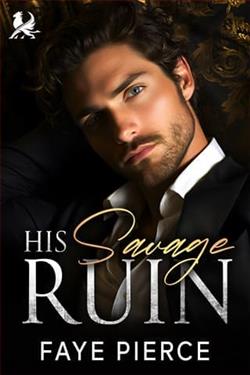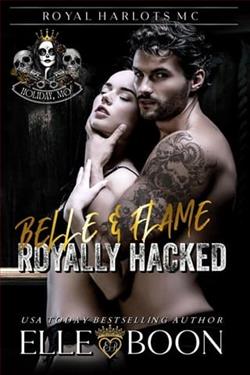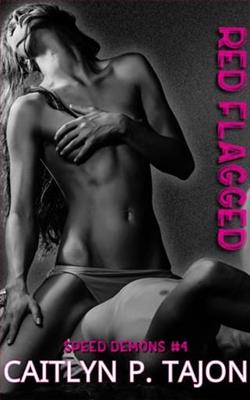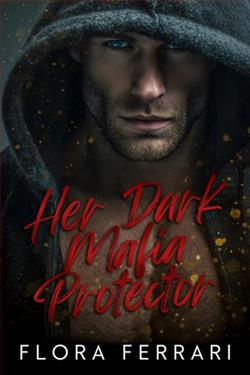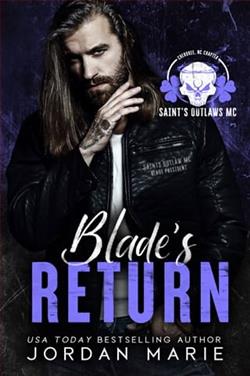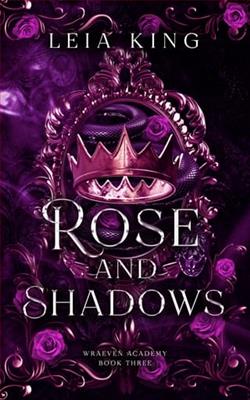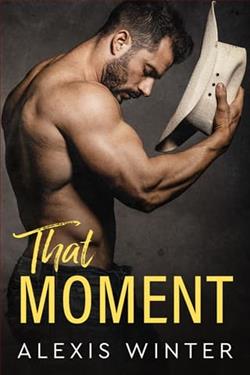Page 149 of Never Flinch
“Shut up, Daddy. I’m not afraid of you.”
He leaves the body and begins to snatch the old posters off the walls. The hockey players he and his daddy had rooted for. He snatches them and crumples them, shouting as he does it. “Bobby Simoy,fuck you! Evzenek Beran, the Czech Wonder Boy,fuck you! Charlie Moulton,fuck you!”
An armload of paper. Hockey players from his terrified childhood. Hockey players longgone, like his mother. He looks at the armload of paper he is holding to his chest and whispers, “Whoareyou guys?”
6
6:05 PM.
Barbara Robinson understands that she is going to die. Once upon a time, not too long ago, she faced a creature from beyond rational understanding, a creature whose human face dripped and ran into something that was living insanity. She hadn’t thought then that she was going to die—not that she could recall, at least—because she had been too horrified. But Mr. Gibson is no creature from outside the known universe, he’s a human being. Yet like the thing that had been masquerading as Chet Ondowsky, he’s a face-changer. She’s seeing that other face now as he comes into the rink with an armload ofpaper, stepping from tie to tie and talking to a father who isn’t there. She understands that extreme horror is, in its own way, merciful. It doesn’t allow you to look ahead to the end.
No more poems. No more singing. No more spring nights and fall afternoons. No more kisses and lovemaking. All about to be burned away. And speaking of burning—
Mr. Gibson pushes his armload of paper into a square made by four of the crossties. Barbara wishes she were too horrified to know what that paper means. Then the other girl, the one he took first, bumps her shoulder repeatedly and makes muffled noises. The other girl knows what the paper means, too.
It’s kindling.
7
6:15 PM.
It’s almost two miles to Dingley Park, and the Thunderbird convertible bearing tonight’s guest singer passes Holly, rolling at walking speed, while she’s still half a mile away. An elderly Black man is in the backseat with Jerome, sitting comfortably with his arms widespread. Holly bends down and pretends to tie her shoe as the car goes by. Once it has, she resumes walking, phone in hand.
She can see the tops of the light standards that ring the playing field when she catches up to the blue T-Bird again. It’s pulled over at the side of the road with the flashers going. The people who were walking toward the park, carrying coolers and blankets, now crowd around the car and its famous occupant. Mr. Estevez is behind the wheel, back ramrod straight, exuding ownership.
Holly stops and watches Sista Bessie get out and approach a family with young kids who squeal excitedly when they see her coming. Jerome vaults from the T-Bird’s backseat and shadows her.Good for you, Jerome, Holly thinks. The kids look to be about eleven and nine and surely don’t know Sista Bessie from Eve, but they are holding up signs in those rainbow colors only Crayolas can create: WE LOVE YOU SISTA B!
Betty hugs the children, and tells them something Holly can’t hear. A crowd gathers, laughing and excited. Phones are raised. Sista smiles for pictures, but when someone offers her a pen and paper, she shakes her head. “Not startin that nonsense, so don’t ask.”
Holly slips in a little closer, fascinated in spite of her mission. The elderly black man in the red suit still sits easily in the back of the T-Bird, smiling as more and more people approach Sista Bessie. She’s coming back to the car. Holly crosses the street so Jerome won’t see her and continues on toward the park. The Wise Men had a star. Holly, not feeling wise at all, has her Find My app.
The blue T-Bird passes her again, and Holly again pretends to tie her shoe until the car is gone.
8
6:20 PM.
Jerome is amazed.
Word has spread—Sista Bessie is on her way to the field in a big old blue convertible!—and more and more people are falling in behind the T-Bird, which continues to roll along at a stately pace. People surround it, stand in front of it to snap pictures, then good-naturedly break away to allow it passage. There’s no pushing, no anger, only an apolitical shower of good wishes for the Sista. Dingley Boulevard fills in from side to side with cheering people. Mr. Estevez continues to sit erect behind the wheel. Betty touches outstretched hands, waves, smiles for photos. Jerome thinks her smile looks strained. He gets out again, vaulting over the back deck, and walks behind the slow-rolling car, trying to keep people away from the blind side. He feels like a Secret Service agent. Someone gives him a flower. A large Black woman says, “Take care of her, honey, she a national treasure.” He’s thinking this might be what it would be like if Tupac came back, or—perhaps—Whitney. There are a few cries ofStay strongandWe love you, SistaandWe’ll be at your show, honey, but many of the hundreds following and surrounding the car are silent and awestruck. Yet Jerome, who has never precisely believed (ornot believed) in such things as telepathy or emotional transmission, can feel strong vibes of human kindness here: alive, strong, and well. From the tears in Betty’s eyes as she turns from side to side, acknowledging the crowd that’s walking with them, it seems that—whatever else might be bothering her—she feels it, too. He wonders briefly if Holly’s Kate McKay, famous in her own way, has ever felt this sort of love, the kind that’s untinctured by the hate her supporters feel for those on the other side of the political spectrum. He guesses probably not.
The T-Bird bears right. Ahead, bathed in bright white light, is the park. The crowd stops to let the car pass under the arched gate that says, GUNS AND HOSES TONIGHT. They begin to applaud. Then to cheer.
Those who follow stop to chuck money into a gigantic fireman’s boot on the left or an equally gigantic plastic policeman’s hat on the right. The crowd is laughing, happy. They have seen an authentic Talented Celebrity, the night is pleasant, and they are primed for a good time.
9
The doors of the Mingo Auditorium opened at 6 PM, and by 6:20 the seats are filling up. A pro-life contingent, wearing blue tee-shirts showing a babyin utero(although looking roughly four months old), takes up a bloc of seats in the middle of the first three rows, but pro-choice people fill in the aisle areas around the pro-lifers, isolating them. They are wearing red shirts that say, HANDS OFF MY BODY. One of the pro-lifers checks out one of the pro-choicers—a heavyset elderly woman with a scream of white hair—and says, “You couldn’t pay me to put my hands on your body.” The elderly woman replies, as she learned from her teenybop friends many years ago in junior high school: “If you don’t like it, don’t look.”
From the speakers comes a medley of Sista Bessie’s hits from back in the day, and the stage is littered with the band’s equipment. In the middle of this is a podium for the star of tonight’s show, who at this moment happens to be trussed up to a bleacher stanchion.
All the ushers have pictures of Christopher Stewart and check faces dutifully, but so far they have seen no one even close to his description… and it helps that tonight men, especially young men, are in a decided minority. There’s also no sign of Don Gibson, the Program Director. That’s not unheard-of; once arrangements for the night’s gig are made, he sometimes shows up late or not at all.
The signs over the lobby doors and out front on Main Street still read FRIDAY MAY 30 7 PM KATE McKAY and SATURDAY-SUNDAY MAY 31 AND JUNE 1 SISTA BESSIESOLD OUT.
They will continue to say that for another fifty-seven minutes.
10
